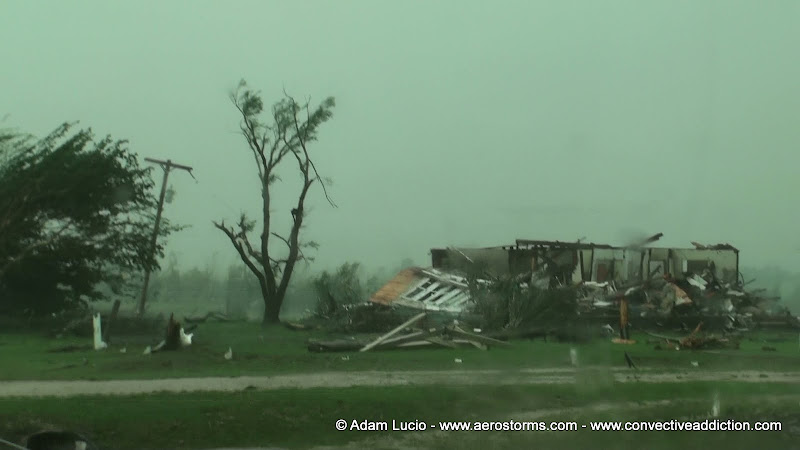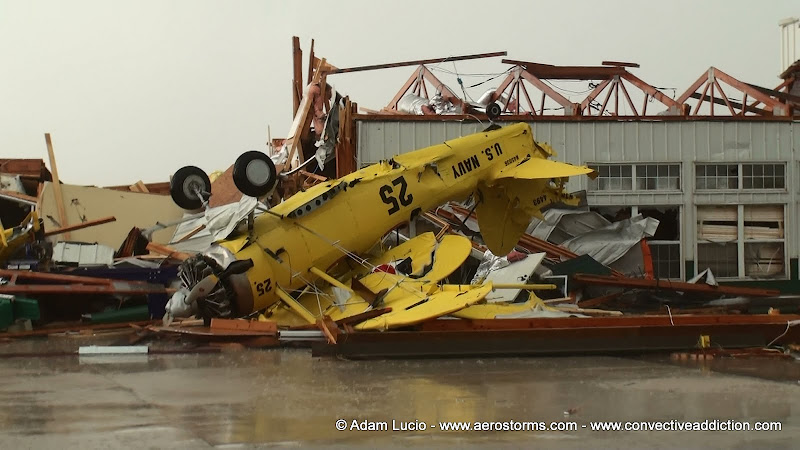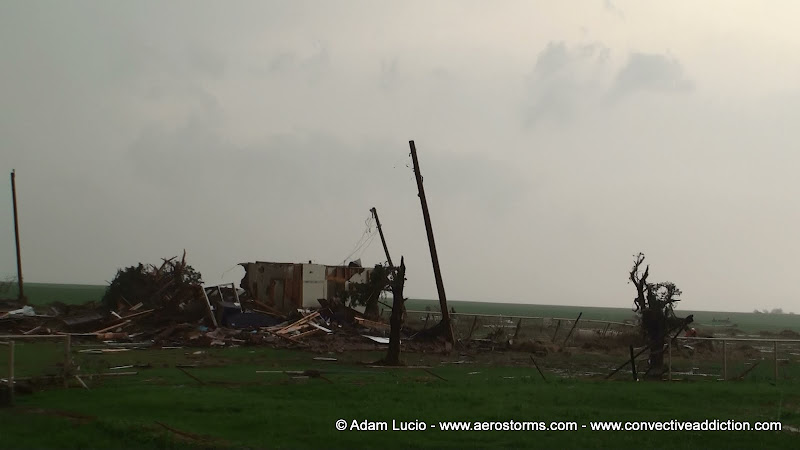Adam Lucio
EF5
I think an actual measured wind gust within the tornado holds more weight than someones best guess based on damage. I would much prefer that over using damage. Obviously its pretty difficult to get a measurement from every tornado, but when one is gotten, as long as those wind instruments are proven accurate they should definitely hold more weight.
We caught a glimpse of this tornado and then the damage afterward, it ended our chase day as we stopped to do search and rescue. The tornado was incredibly rain wrapped which for me made it harder to judge distance as it was coming straight at us, so I took the safe approach and made sure I got well south of it. I knew it was passing by the changing inflow winds as it passed just to our north.




We caught a glimpse of this tornado and then the damage afterward, it ended our chase day as we stopped to do search and rescue. The tornado was incredibly rain wrapped which for me made it harder to judge distance as it was coming straight at us, so I took the safe approach and made sure I got well south of it. I knew it was passing by the changing inflow winds as it passed just to our north.


